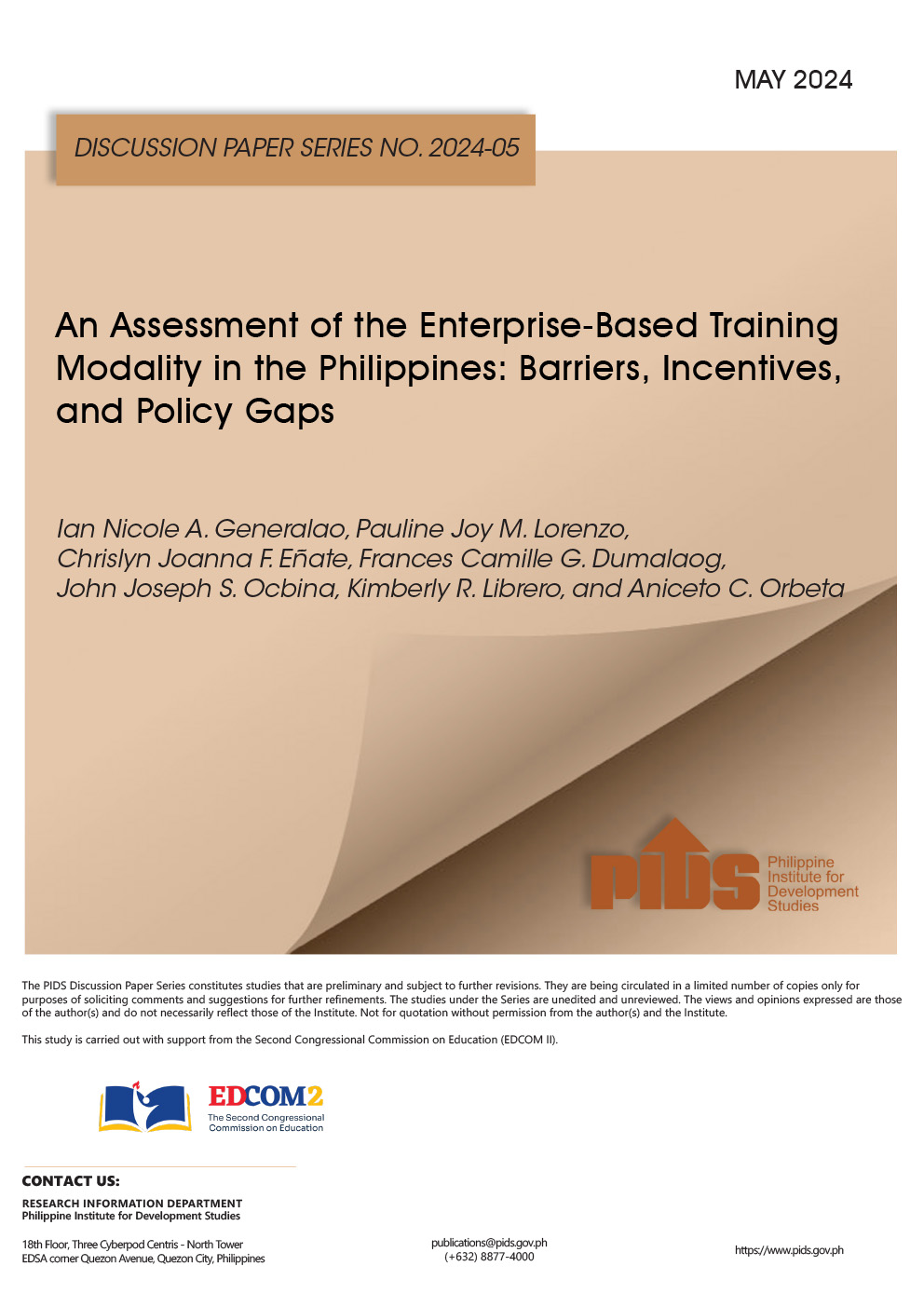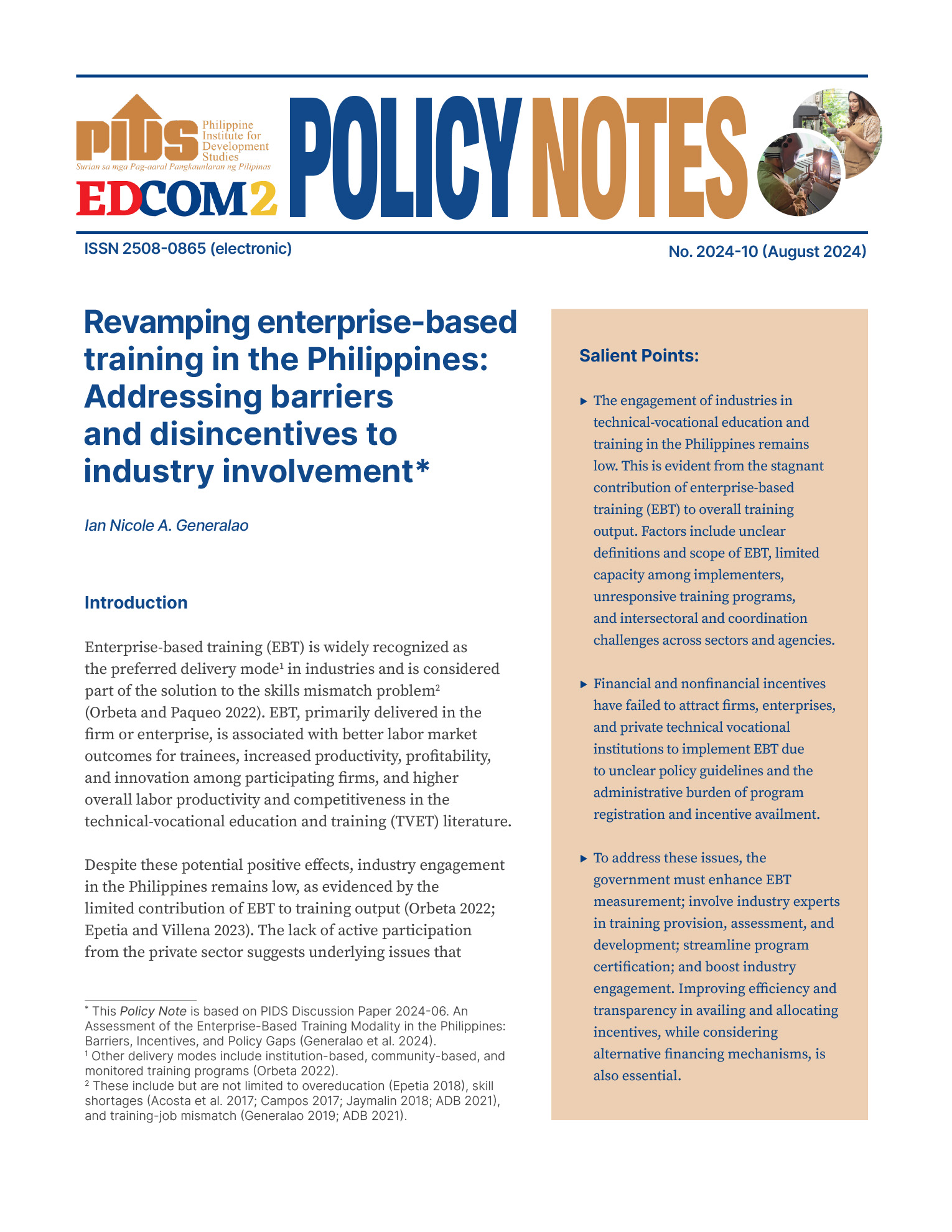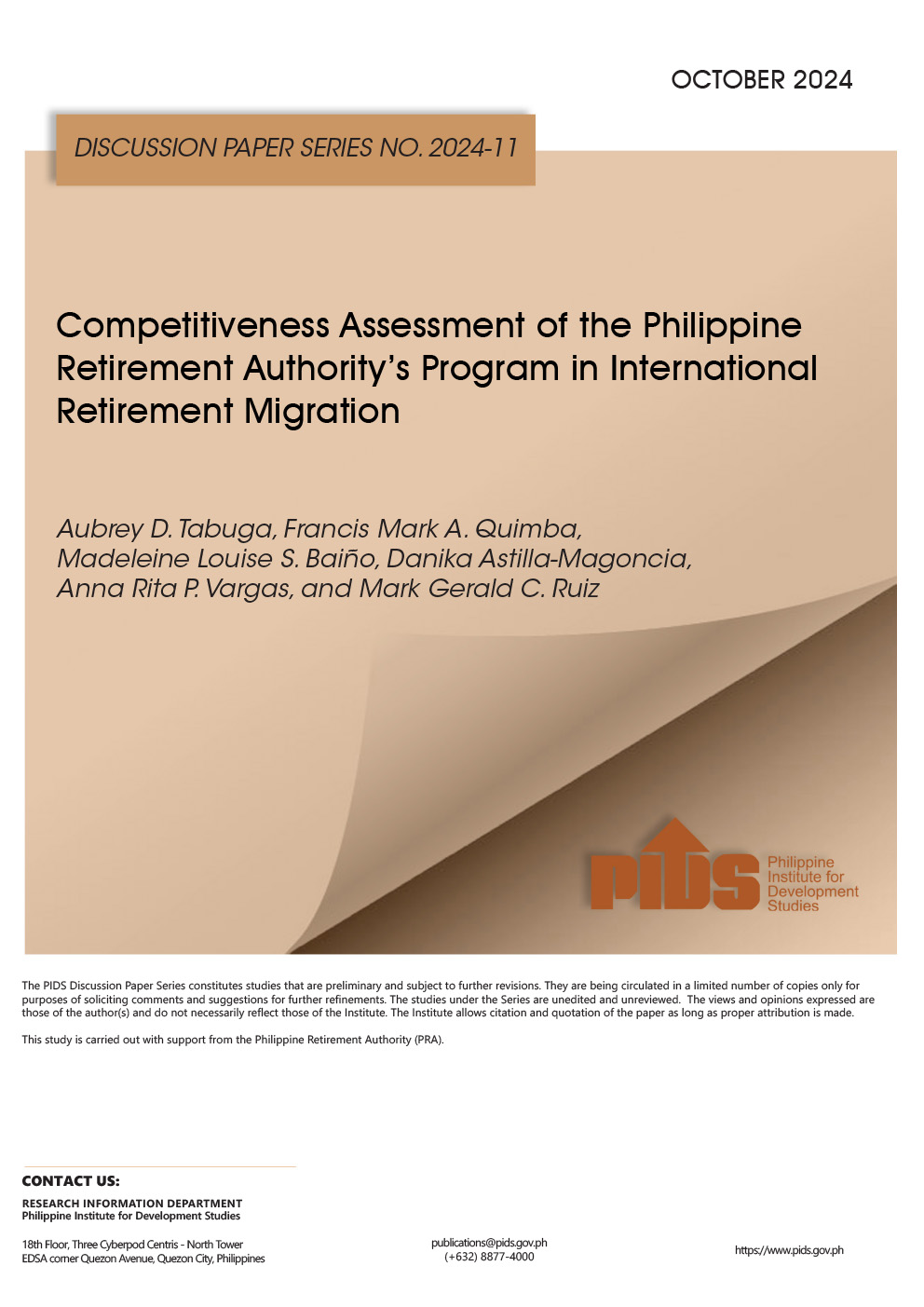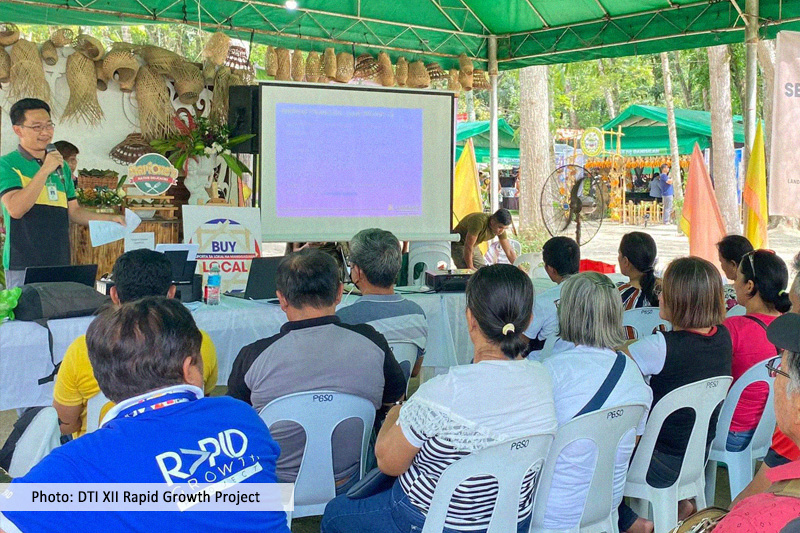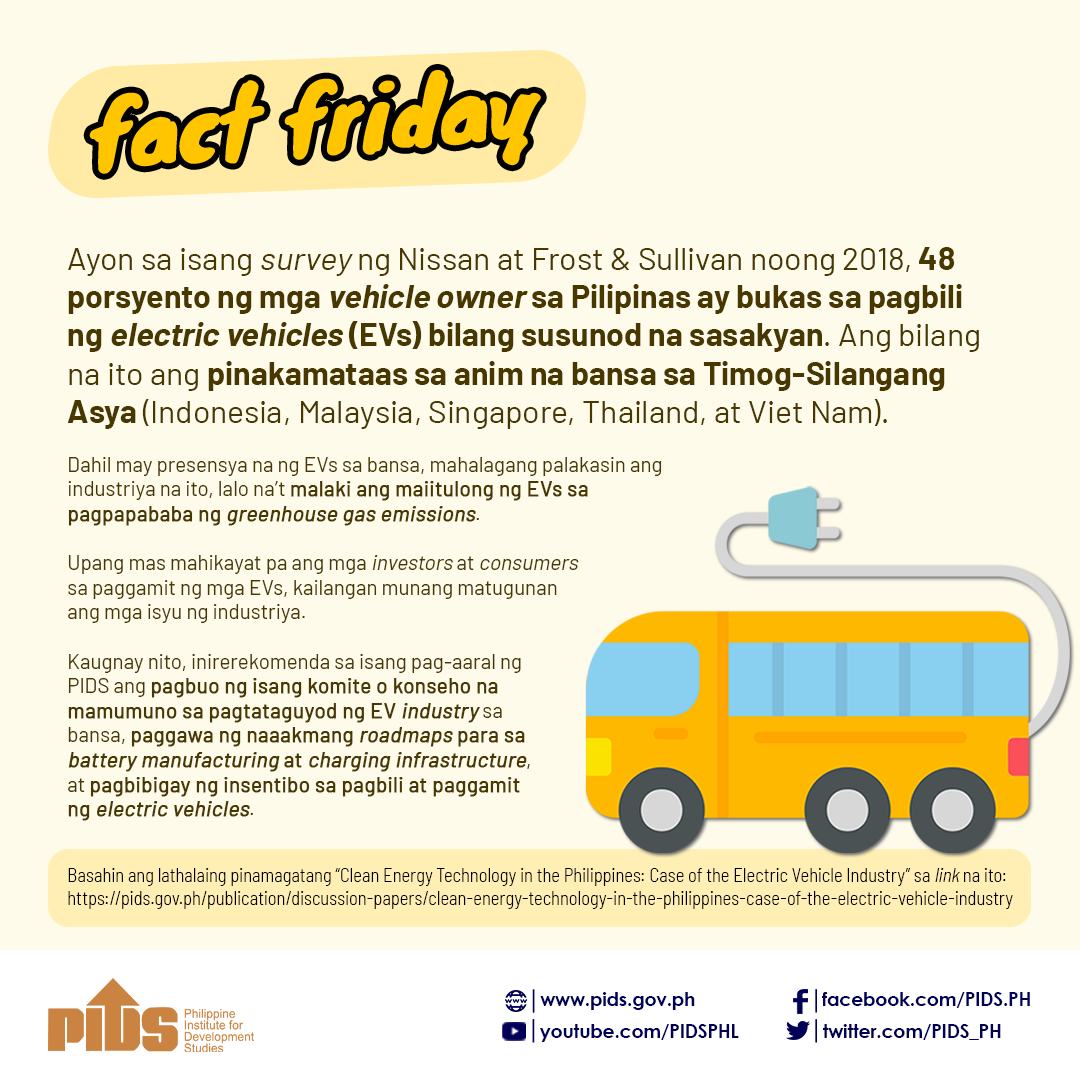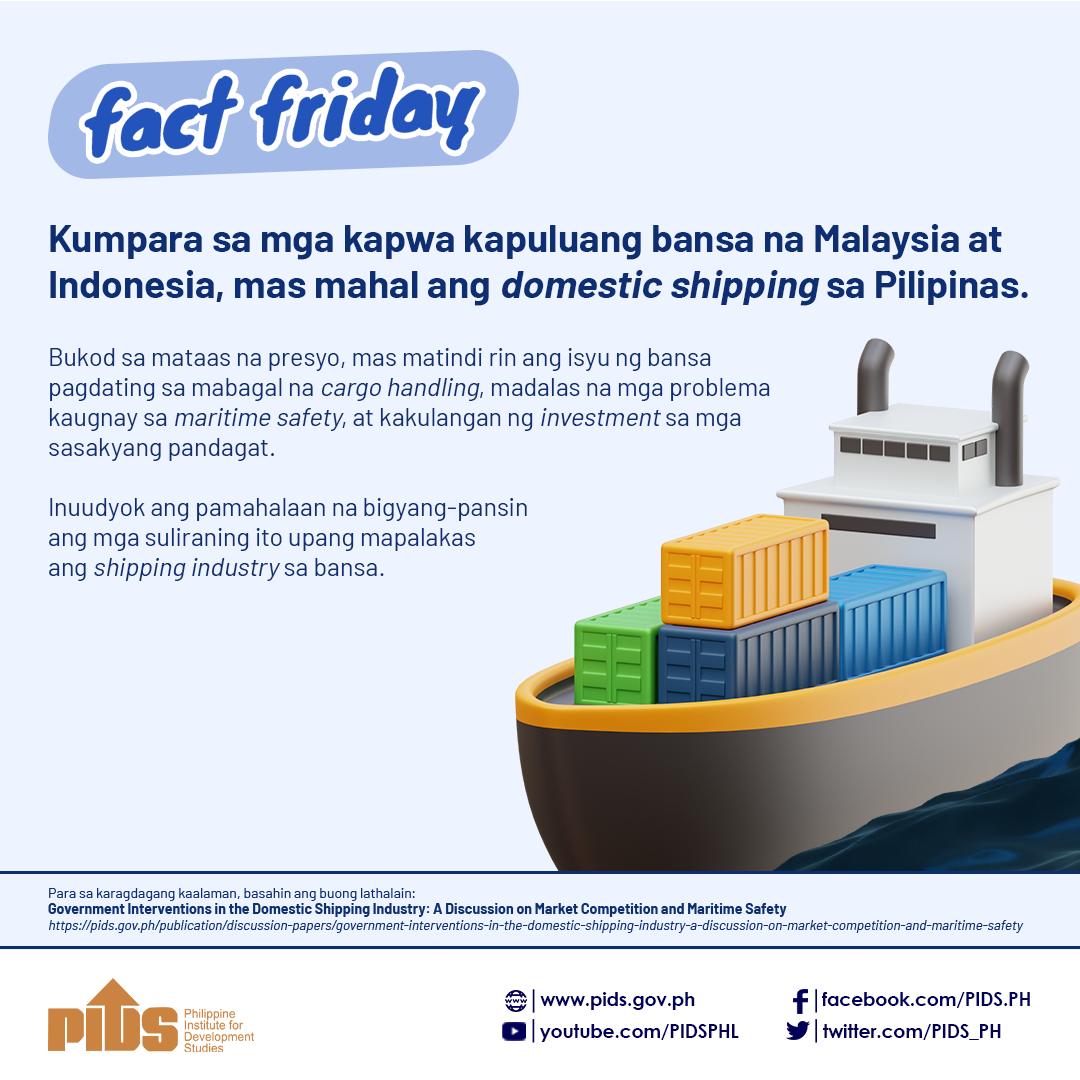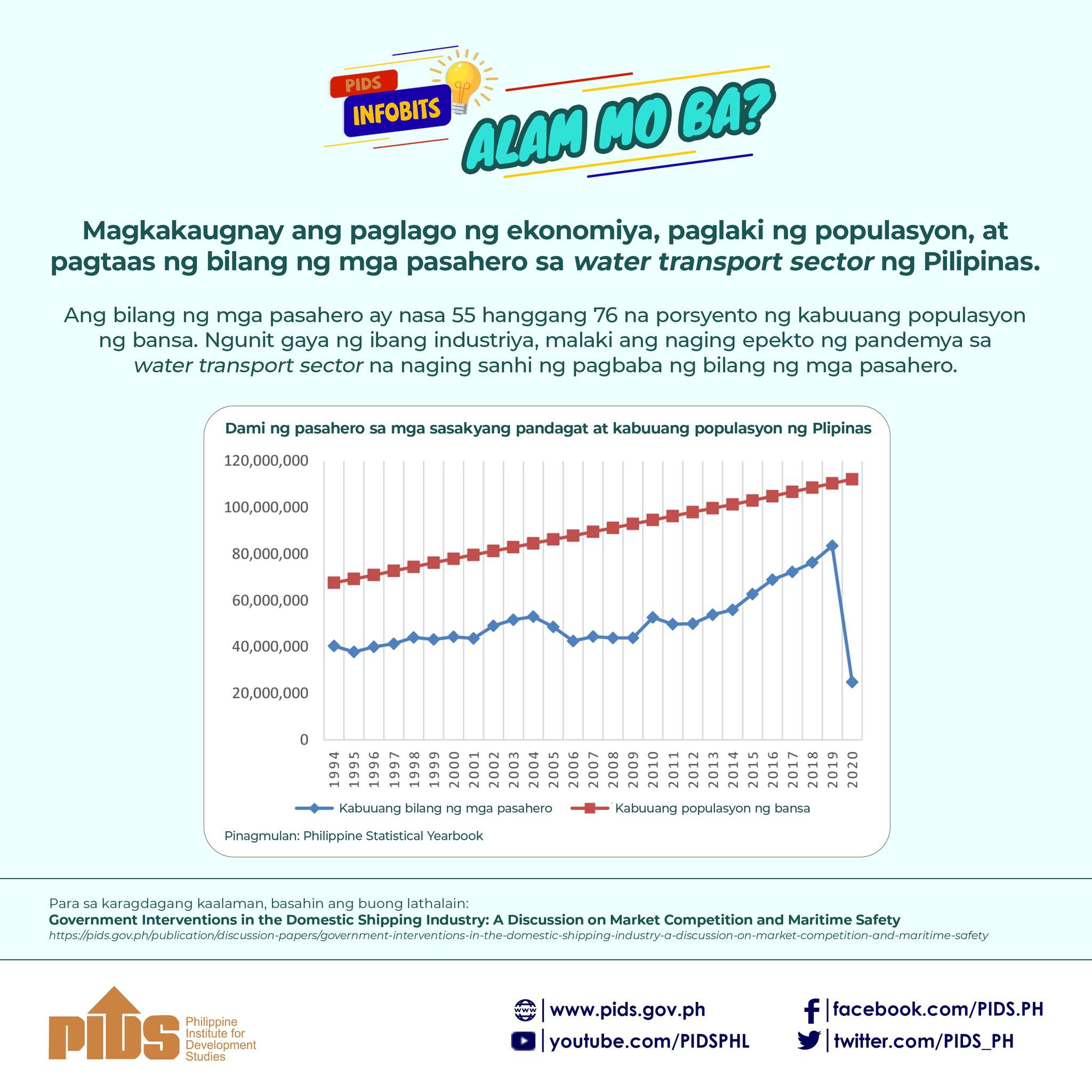LOS BAÑOS, Philippines — The coconut trees are dying and the industry is under threat.
The Philippine coconut industry is an export-oriented sector, according to the Philippine Coconut Authority (PCA). It has about 3.5 million coconut farmers and 26% of the country’s agricultural land is devoted to coconut farming alone.
This industry also contributes an annual average of 5.97% to the country’s gross value added (GVA) and 1.14% to gross domestic product (GDP), PCA statistics showed.
Coconut regions — though one of the most productive industries — host the largest number of rural poor.
Around 60% of the sector’s farmers and workers live below the poverty line, according to CODE-NGO, a coalition of Philippine development civil society organizations.
Problems vary from poor farm management practices, natural calamities, land conversion, as well as pest and diseases, the Philippine Institute for Development Studies stressed.
Super Typhoon Yolanda (Haiyan) which devastated several islands in the Visayas in 2013 damaged around 15 million coconut trees.
In 2014, another calamity hit the industry — a pest breakout almost wiped out the coconut trees in Region IV-A.
‘Cocolisap’
The Coconut Scale Insect (CSI) — commonly known as "Cocolisap” — infested coconut trees around Central Luzon.
Cocolisap is a common coconut pest. It was first detected in 2010 and experts identified it as a local species.
Preventive measures have been applied after its identification, but the insects thrived and more than a million coconut trees were infested. Researchers started to re-investigate the situation.
Cocolisap looks like fish scales and has the ability to reproduce every 9 days for a month. It is commonly found under coconut leaves.
Local species usually thrive during the dry season and die during the rainy period. This, on the other hand, is no ordinary species.
Early this year, a researcher from the University of the Philippines Los Baňos went to Indonesia to get Cocolisap samples and validated the pest’s identity through DNA testing.
The results were positive. Hence, a different approach was developed to manage the pest.
Fighting pest
The university has been the source of scientific information that has guided the PCA on its operations against Cocolisap.
In 2012, UPLB’s College of Agriculture proposed an action project for Batangas to control its Cocolisap infestation.
In 2013, Agriculture Secretary Proceso Alcala granted the university a P2-million research fund research on mitigation measures.
UPLB then came up with a method of conducting delimiting survey which helped the PCA to rapidly identify Cocolisap infestations at an early stage while the leaves are still green.
Samples are transported and analyzed at UPLB, and results are then forwarded to PCA, which then sends a quick response team if results prove to be positive.
Mapping the infestation also led to the identification of 3 zones:
- Outbreak areas where infestations need massive control
- Non-outbreak areas where infestation is starting
- High risk areas
Farmer empowerment
The massive treatment of Cocolisap in Region IV-A began on June 20, 2014.
Simultaneous pruning and trunk injection was done in highly affected provinces of Quezon, Batangas, Cavite and Laguna.
The treatment will last for 6 months until all infected areas are covered.
"The pesticide will stay in the coconut’s system for 55-60 days. Beyond that, the nuts can be safely harvested,” Dr Celia Medina, head of the ULBC Crop Protection Cluster, explained.
Local farmers were also briefed about the treatment.
Agricultural competitiveness is not just about the number of developed technologies or methods; it should be stakeholder-oriented too,” Dr Susan Bacud, an expert in community pest management, said.
"Technology is very important, but the farmers themselves who will use the technology should also be highlighted,” Bacud added.
Farmers should be prepared in terms of calamities and pest outbreaks. They can be empowered to conduct their own pest management strategies. They need to be constantly informed.
She suggested that an important scheme to control pests is hasty reporting.
Once a pest species is noticed, farmers should be able to easily communicate with agriculture technicians and researchers. Reporting is one way to prevent outbreaks and farmers should be able to do that.
The end goal of agricultural technology, according to Bacud, should be farmer empowerment. —Rappler.com
Maribeth Jadina works at UPLB.
How can we help fight hunger? Report what your LGUs or schools are doing, recommend NGOs, and suggest creative solutions. Send your stories and ideas to move@rappler.com. Be part of the#HungerProject.

